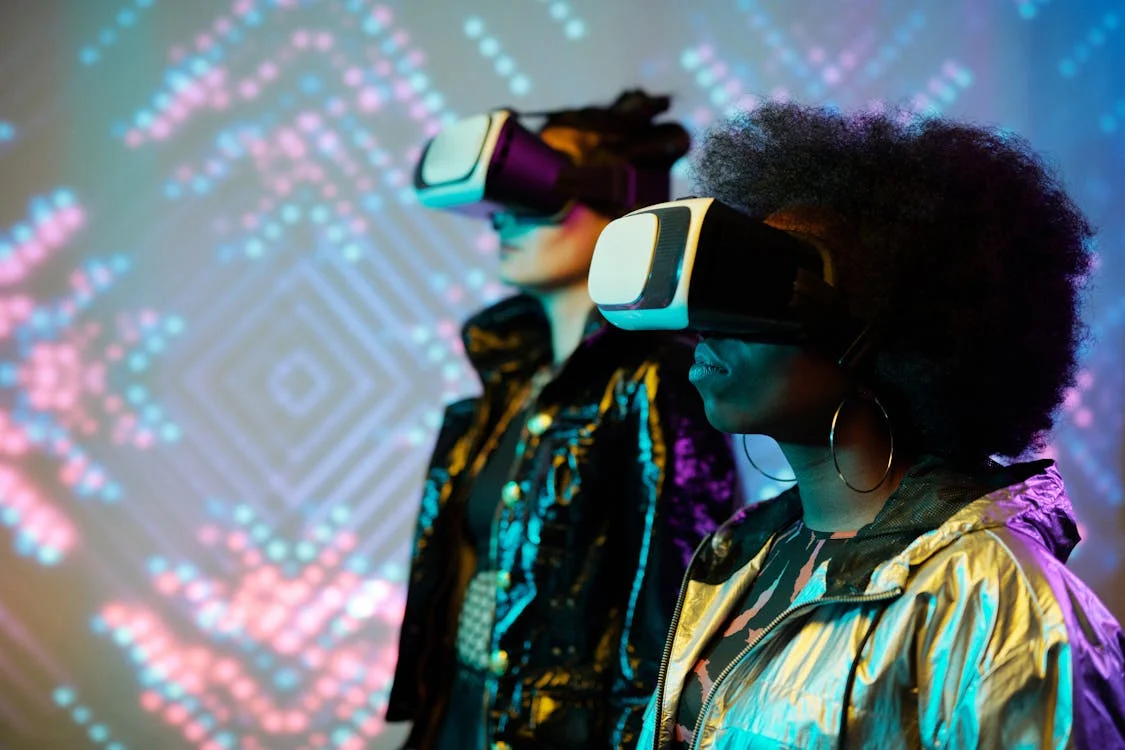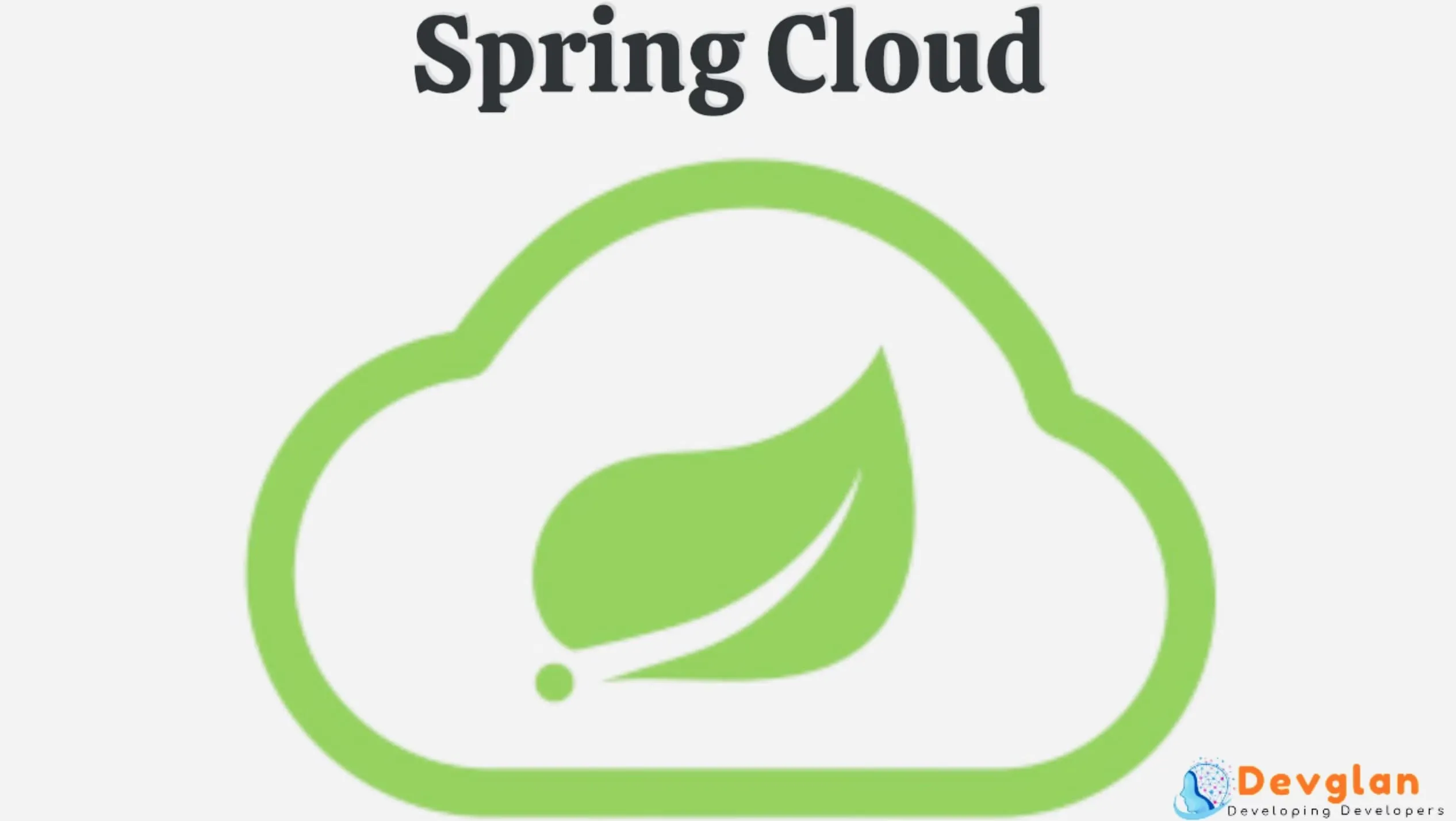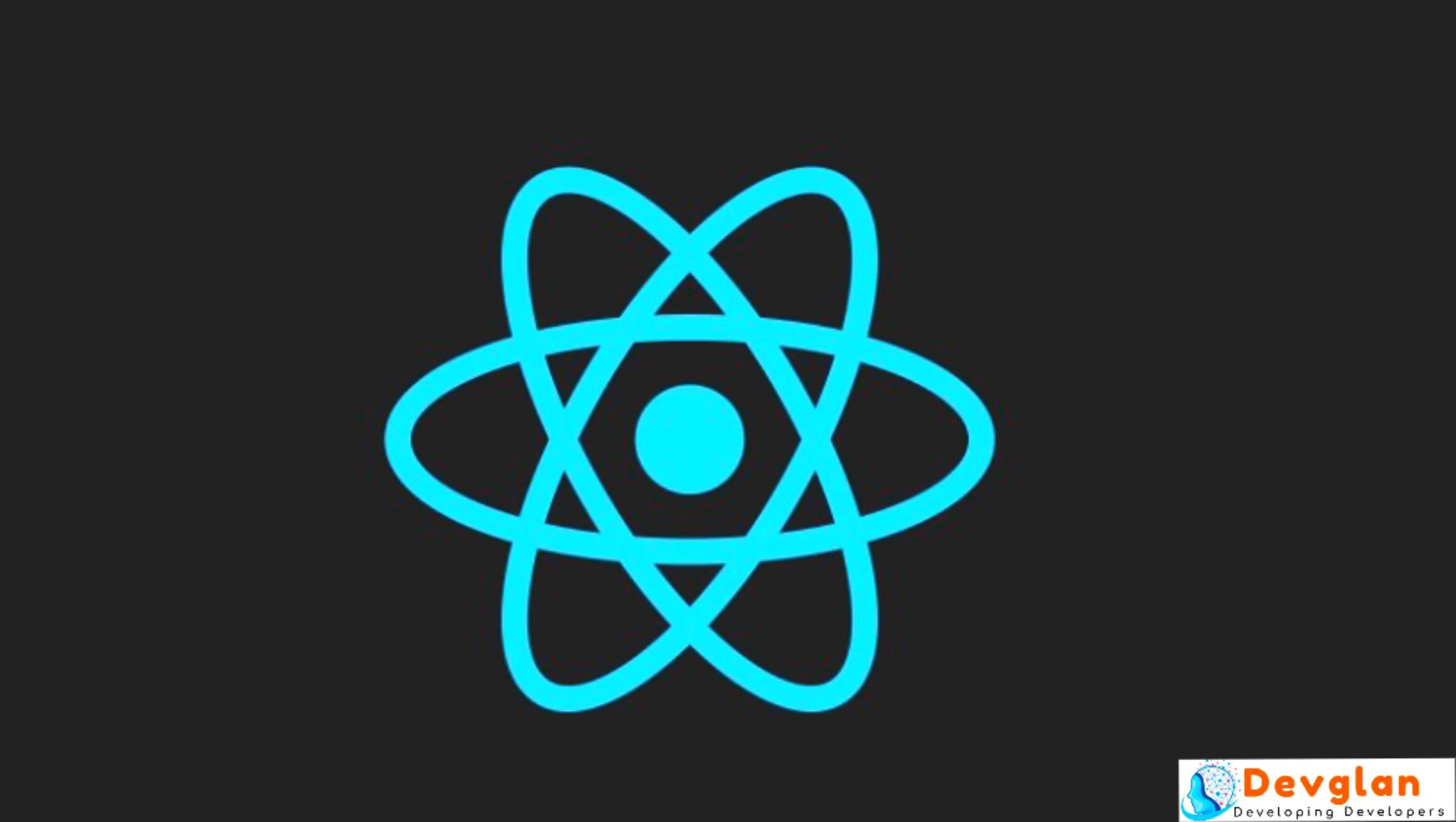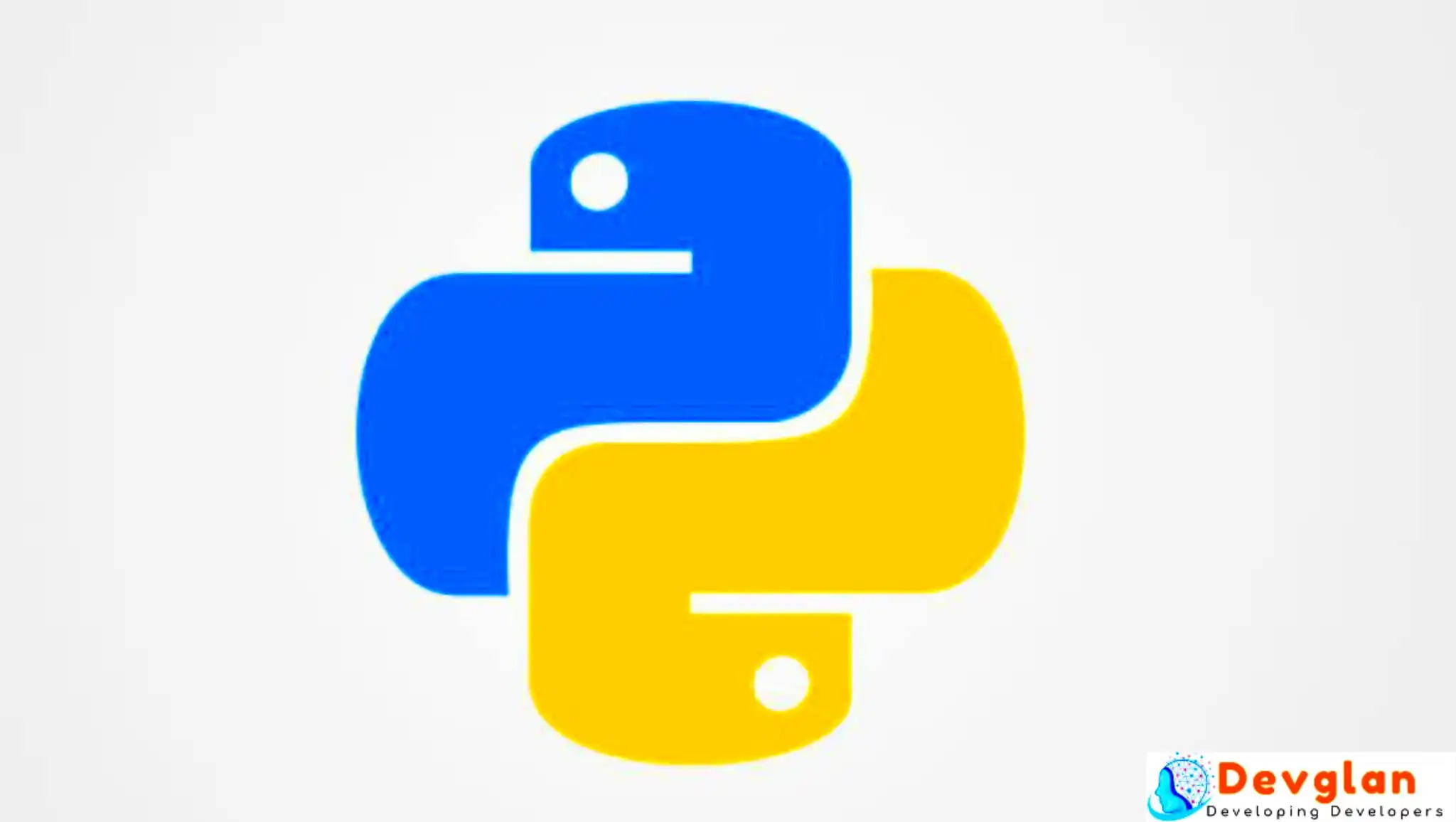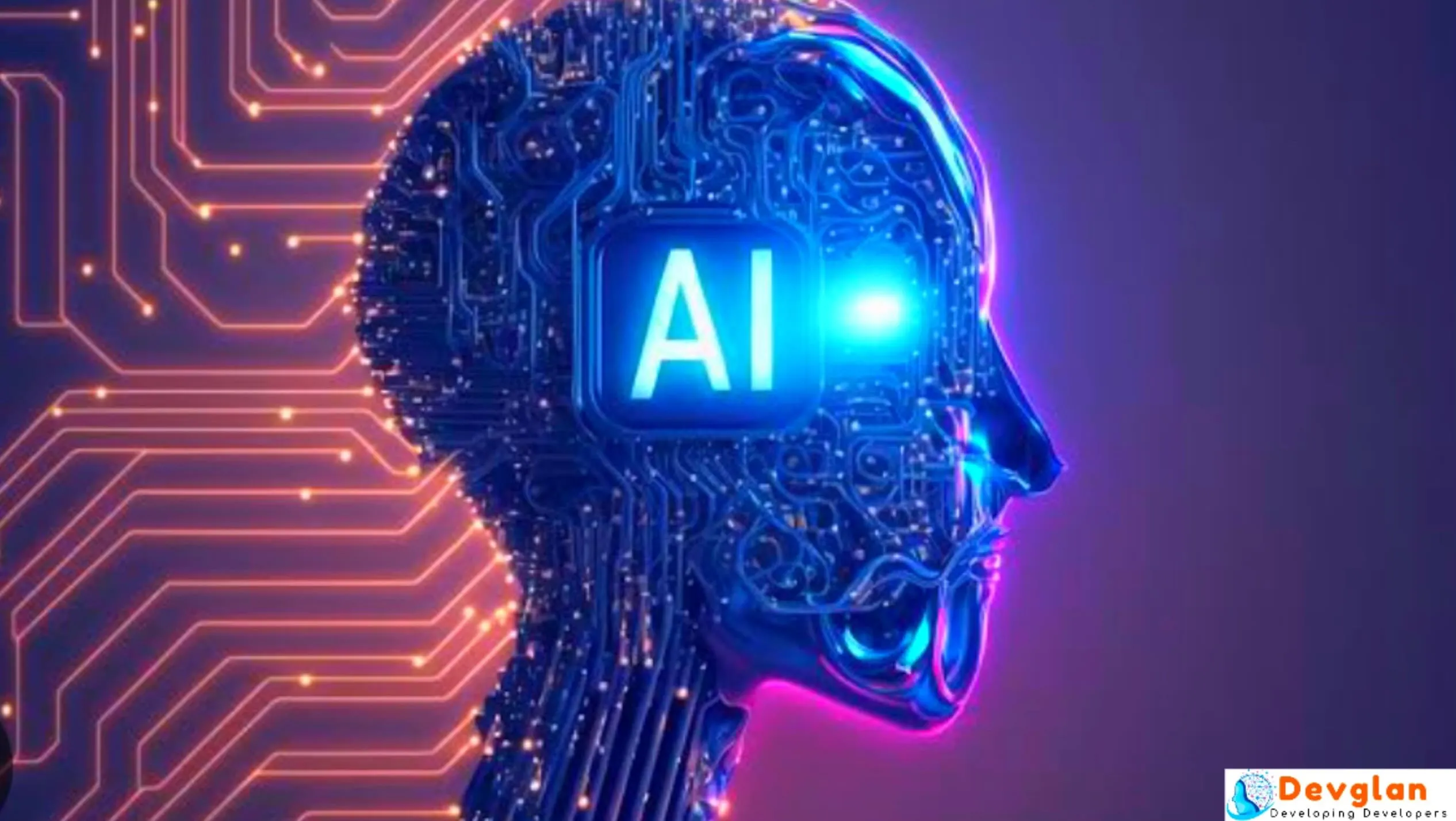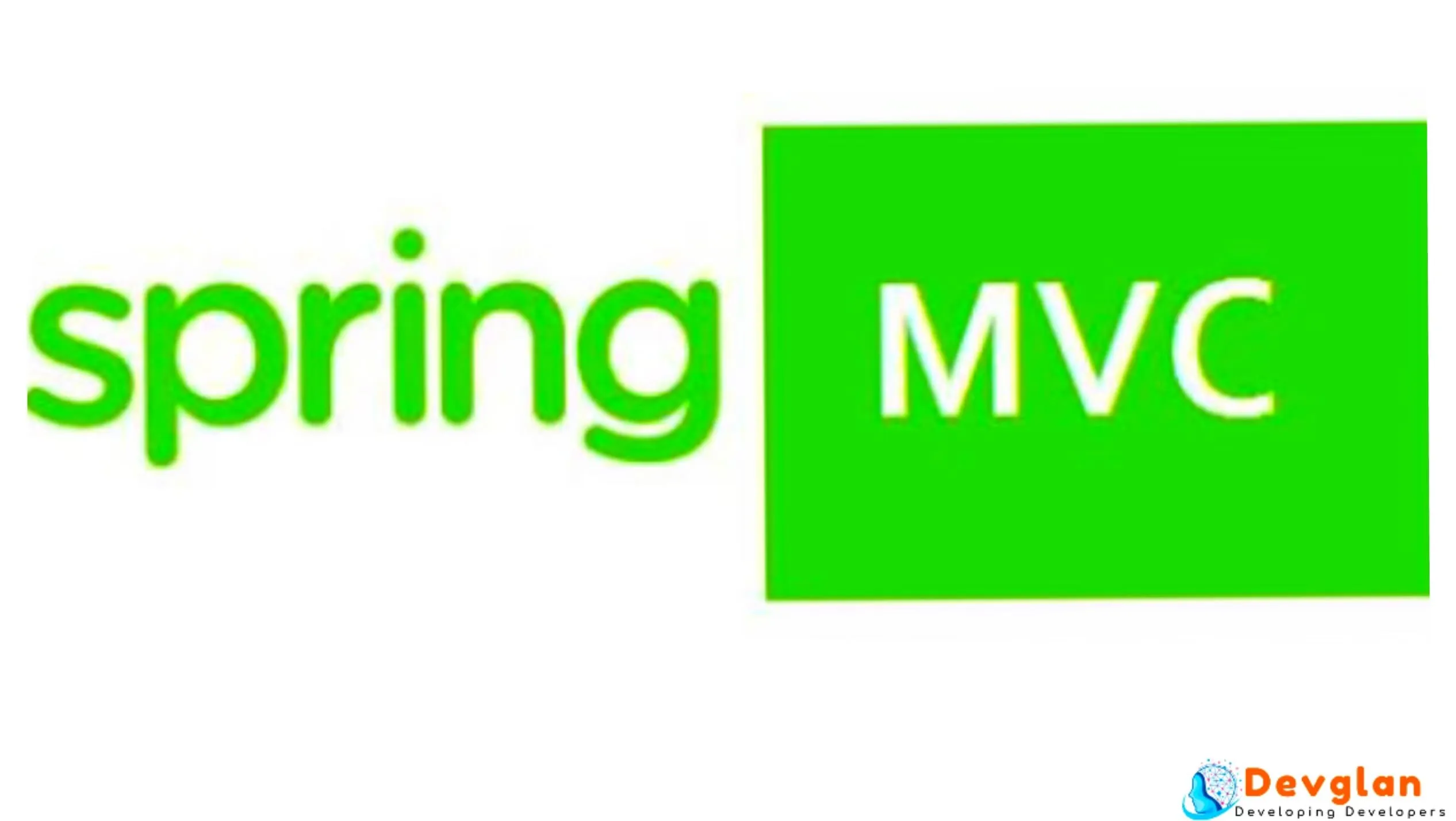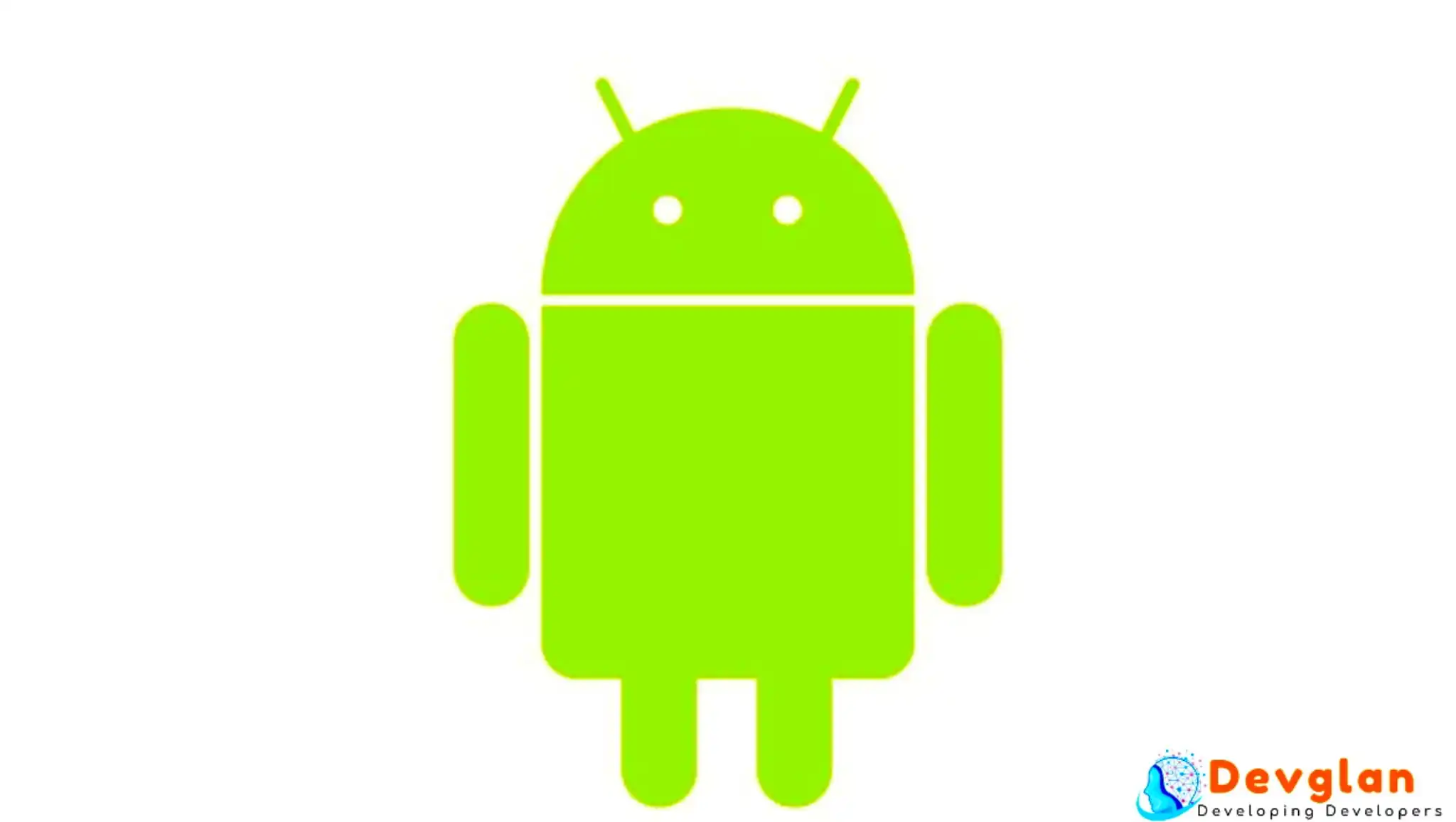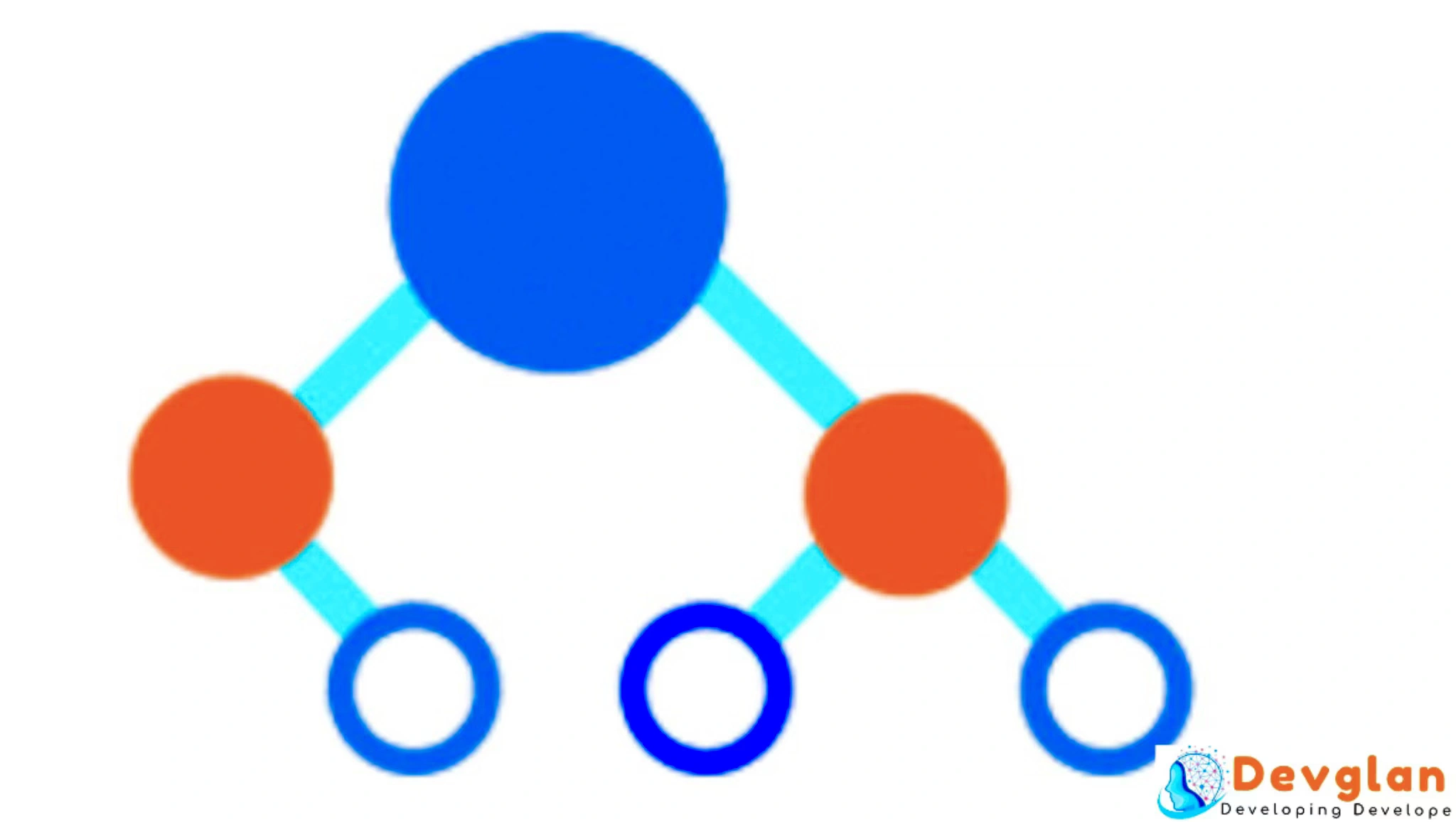In today's technological era, the world of art has undergone a significant transformation. With the advancement of digital tools and software, artists now have the ability to create masterpieces on a virtual canvas. Gone are the days of paintbrushes and canvases; now, artists are embracing pixels and screens to bring their visions to life. With technology, art has a whole new horizon to explore and challenge.
The rise of digital art
Digital art has become increasingly popular in recent years, thanks to the accessibility and convenience of digital tools. Artists no longer need a physical studio or expensive materials to create stunning pieces of art. With just a computer and a graphics tablet, artists can unleash their creativity and explore new artistic possibilities.
One of the key advantages of digital art is the ability to easily correct mistakes and experiment with different techniques. Unlike traditional art forms, where mistakes are permanent and corrections are time-consuming, digital art allows artists to undo and redo their work with just a few clicks. This freedom to explore without fear of ruining their work has opened up a whole new world of possibilities for artists.
The impact of technology on artistic expression
The integration of technology into art has also revolutionized the way artists express themselves. With the use of digital tools, artists can manipulate colors, shapes, and textures in ways that were previously impossible. From hyper-realistic digital paintings to abstract digital sculptures, artists are pushing the boundaries of what is possible in the digital realm.
Additionally, the internet has provided artists with a platform to showcase their work to a global audience. Through social media, online galleries, and digital art platforms, artists can connect with fans and fellow artists from around the world. They can even make experiences interactive with VR headsets like the Quest 3s, or tailor these experiences for a specific audience with much ease. This interconnectedness has fostered a sense of community and collaboration among artists, leading to the exchange of ideas and the creation of new artistic movements.
The future of art in a virtual world
As technology continues to evolve, the possibilities for digital art are limitless. Virtual reality (VR) and augmented reality (AR) are emerging as new mediums for artistic expression, allowing artists to create immersive and interactive experiences for viewers. Imagine stepping into a virtual art gallery and being able to walk around and interact with the artwork as if you were there in person. This is the future of art in a virtual world.
Artists are also exploring the potential of artificial intelligence (AI) to create art. AI algorithms can analyze patterns and trends in existing artwork to generate new pieces of art that are both innovative and thought-provoking. This fusion of art and technology is pushing the boundaries of creativity and challenging our perceptions of what art can be.

